Hymenoptera Apoidea Crabronidae (Bee Wolves & Sand Wasps)
Posted: Mon Jan 05, 2015 4:27 pm
Family Crabronidae (Bee Wolves & Sand Wasps)
The Crabronidae are a large family of wasps, including nearly all of the species formerly comprising the now-defunct superfamily Sphecoidea.
Bees and spheciform wasps, forming the superfamily Apoidea, are hugely diverse in form, size, color, and habits. The rich variety within Apoidea can make the group difficult to recognize, but most share one particular morphological trait that can reliably be used to diagnose these insects from other types of wasps. The pronotum is the first big dorsal plate on an insect’s thorax, and in apoids this plate ends at the sides in a distinctly rounded lobe that does not touch the tegula, a small plate associated with the wing base. Bees, crabronids, sphecids, ampulicids, and other spheciforms have this distinctive pronotal lobe; similarly sized and colored wasps in the Vespoidea do not.
Distribution
Worldwide.
Diversity
It collectively includes well over 200 genera, containing well over 9000 species. Crabronids were originally a part of Sphecidae, but the latter name is now restricted to a separate family based on what was once the subfamily Sphecinae. As this change is very recent, the subfamilies of Crabronidae likely will each eventually be treated as families in their own right.
The Crabronidae are currently represented by eight subfamilies in South Africa:
Astatinae
Bembicinae
Crabroninae
Dinetinae
Eremiaspheciinae
Mellininae
Pemphredoninae
Philanthinae
Biology
Solitary predatory wasps, provisioning nest with paralyzed prey for consumption by the larvae.
Links: WaspWeb
The Crabronidae are a large family of wasps, including nearly all of the species formerly comprising the now-defunct superfamily Sphecoidea.
Bees and spheciform wasps, forming the superfamily Apoidea, are hugely diverse in form, size, color, and habits. The rich variety within Apoidea can make the group difficult to recognize, but most share one particular morphological trait that can reliably be used to diagnose these insects from other types of wasps. The pronotum is the first big dorsal plate on an insect’s thorax, and in apoids this plate ends at the sides in a distinctly rounded lobe that does not touch the tegula, a small plate associated with the wing base. Bees, crabronids, sphecids, ampulicids, and other spheciforms have this distinctive pronotal lobe; similarly sized and colored wasps in the Vespoidea do not.
Distribution
Worldwide.
Diversity
It collectively includes well over 200 genera, containing well over 9000 species. Crabronids were originally a part of Sphecidae, but the latter name is now restricted to a separate family based on what was once the subfamily Sphecinae. As this change is very recent, the subfamilies of Crabronidae likely will each eventually be treated as families in their own right.
The Crabronidae are currently represented by eight subfamilies in South Africa:
Astatinae
Bembicinae
Crabroninae
Dinetinae
Eremiaspheciinae
Mellininae
Pemphredoninae
Philanthinae
Biology
Solitary predatory wasps, provisioning nest with paralyzed prey for consumption by the larvae.
Links: WaspWeb
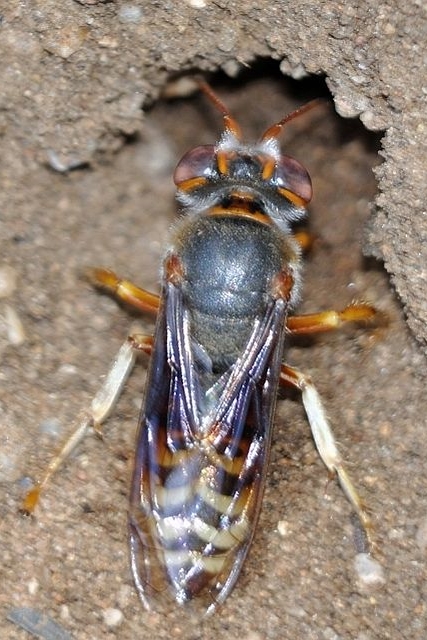 © BluTuna
© BluTuna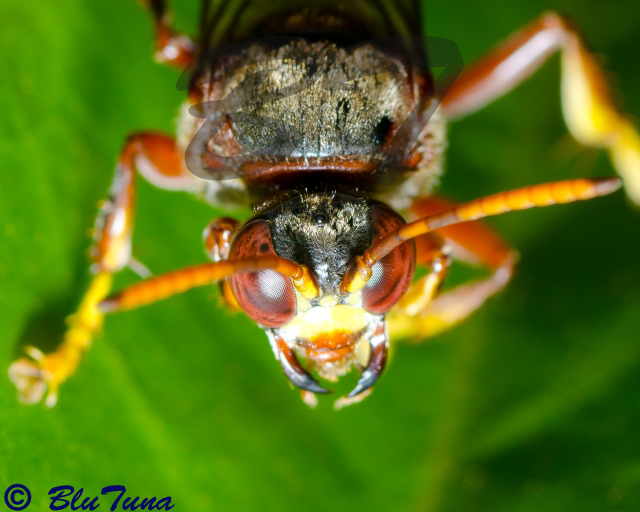 © BluTuna
© BluTuna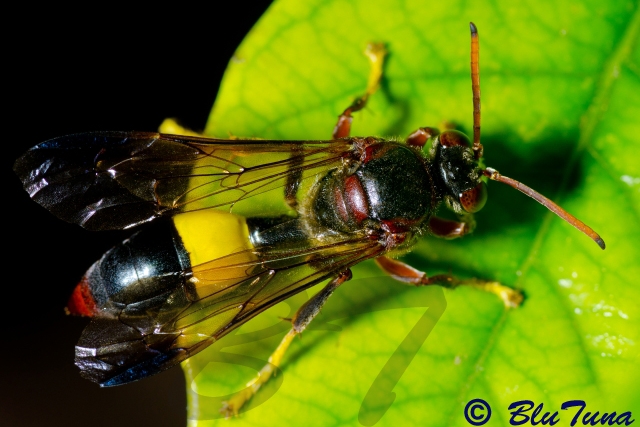 © BluTuna
© BluTuna © BluTuna
© BluTuna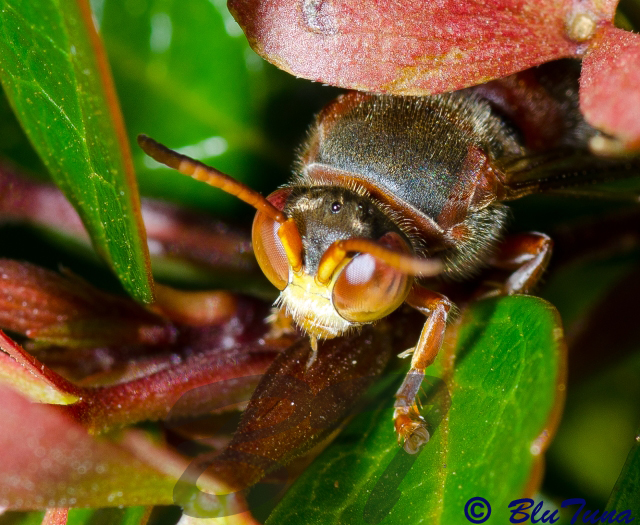 © BluTuna
© BluTuna


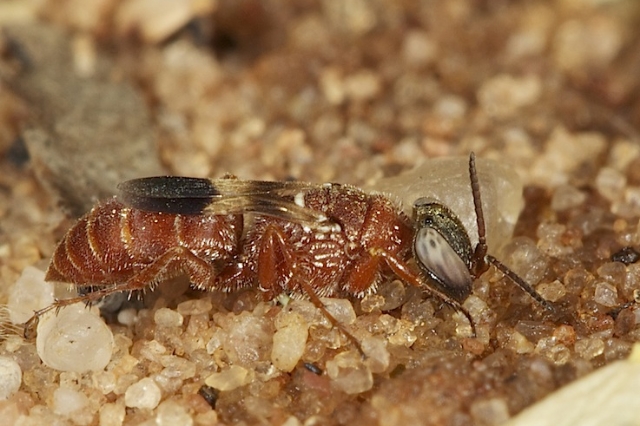




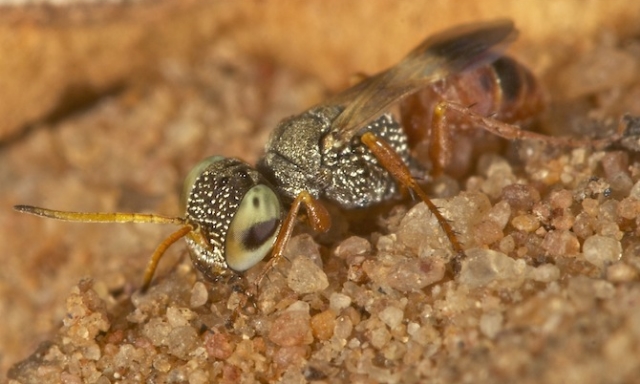

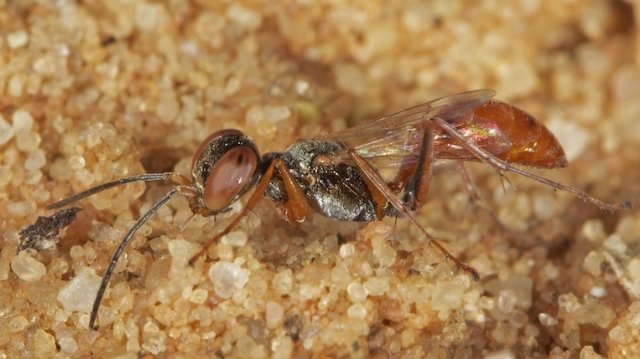


 © BluTuna
© BluTuna